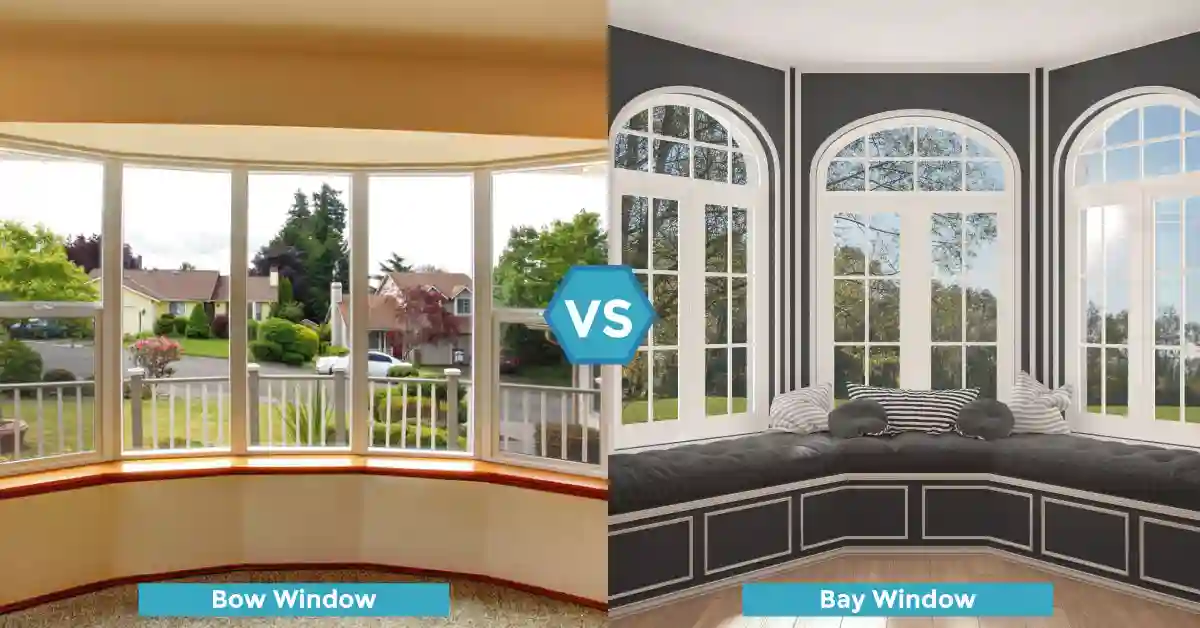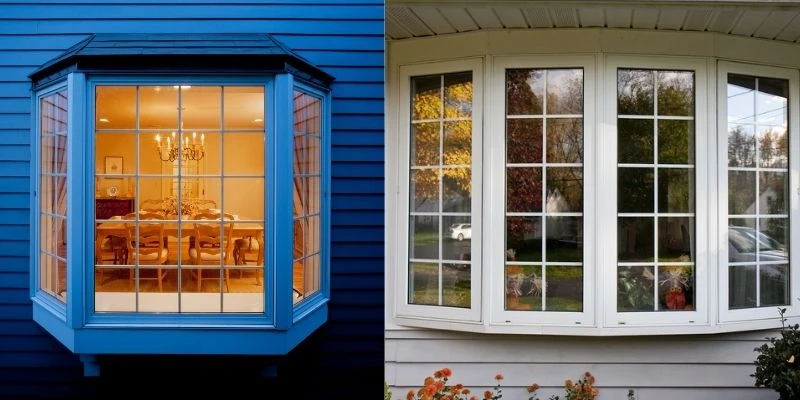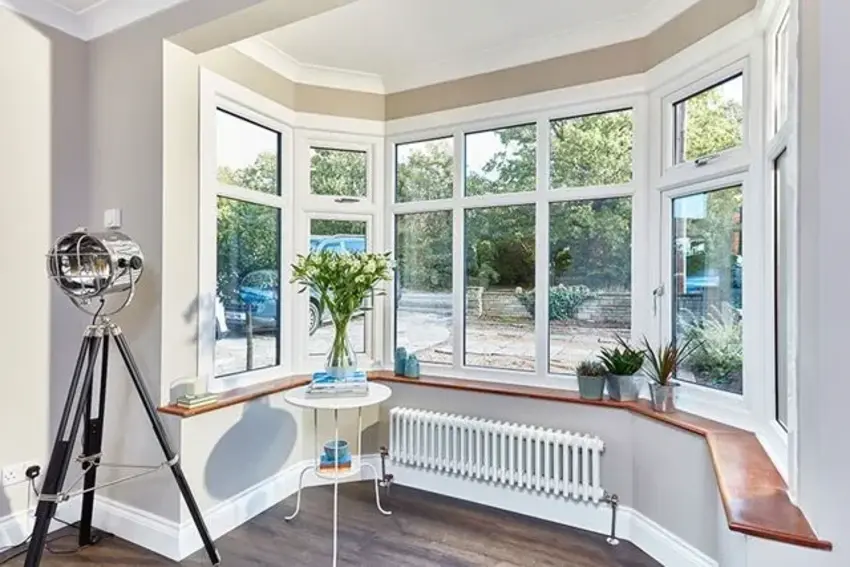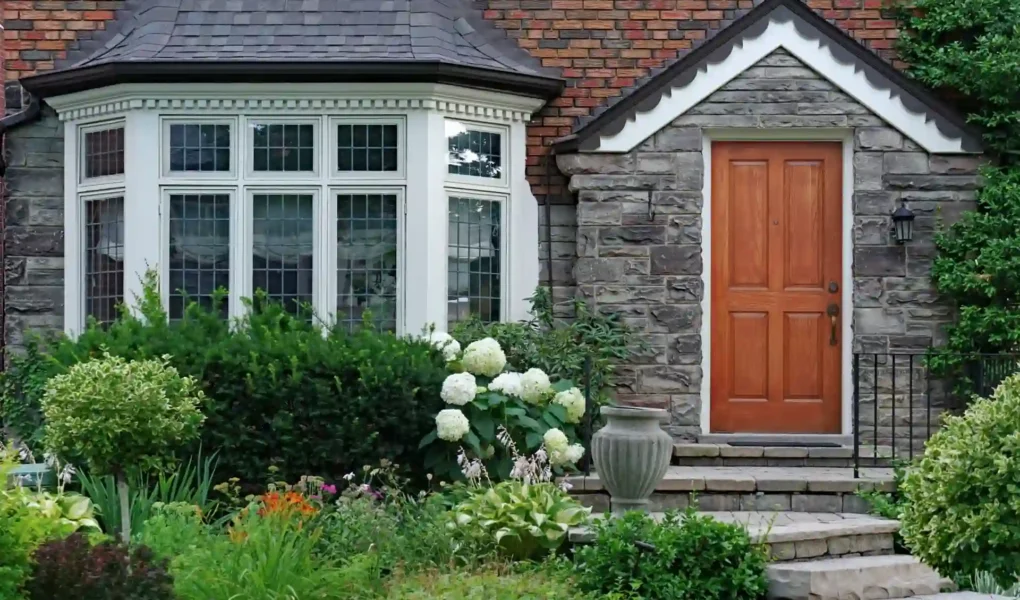Bow windows provide a soft curve and an elegant look, creating a more expansive feel in your space. This can be particularly advantageous if you want a cozy nook for reading or relaxing. On the other hand, bay windows often have sharper angles that offer more structural stability while allowing ample natural light. Your choices should reflect the layout of your room and how you envision using the space. If maximizing natural light is crucial, carefully consider how each window type will fit into your home’s design. Budget is another significant factor; both styles vary widely in cost based on materials and installation complexity. Determine what works best for your finances without compromising quality. Both bow and bay windows enhance aesthetics while providing functional benefits to any home setting. The right choice depends on personal preferences aligning with practical needs.
The Similarities Between Bow and Bay Windows

Bow windows and bay windows both enhance the architectural beauty of a home. They create a charming focal point that draws attention from inside and outside. Each style projects outward from the wall, expanding living space and allowing for greater views of the surroundings. This extension creates an inviting nook perfect for relaxation or reading. Both window types can house additional seating or decorative elements. They provide opportunities to design cozy spaces filled with natural light. These windows also share similar installation methods, often requiring professional assistance due to their complexity. Homeowners appreciate how each option increases curb appeal while adding character. Energy efficiency is another common trait; when properly installed, both can improve insulation compared to standard flat windows.
The Differences Between Bow and Bay Windows

Bow and bay windows may seem similar at first glance, but they possess distinct characteristics that set them apart. Bow windows typically feature a curved formation. This design consists of four or more panels arranged in an arc. The gentle curve creates a more rounded appearance, allowing for a seamless transition between the exterior and interior spaces. In contrast, bay windows are angular in structure. They usually consist of three panes that form a protruding shape from the main wall. This angled design gives bay windows a sharper look and offers additional corner space inside. Regarding aesthetics, bow windows provide soft elegance while maximizing light flow throughout the room. Bay windows often create cozy nooks perfect for seating or decor displays due to their unique layout.
Shape and Structure
Bow windows and bay windows each offer distinct shapes that enhance the character of a home. A bow window features a gentle curve. It typically includes four or more panels arranged in an arc. This design creates a soft, flowing appearance, allowing for an elegant view of the outdoors. On the other hand, bay windows are angular. They consist of three panels forming an outward projection from the wall. This structure provides depth to a room while maximizing the space available inside. The architectural style also varies between them. Bow windows often suit traditional homes with their classic aesthetic, while bay windows can seamlessly fit modern and vintage designs.
Number of Pages
Bow windows typically feature more panes than bay windows. They often consist of four to six individual glass panels, creating a gentle curve that adds elegance to any space. This multi-pane design allows for a wider field of view. The extra glass enhances the aesthetic appeal, making bow windows an attractive choice for homeowners looking to make a statement. Bay windows generally have three main sections: one large center pane flanked by two smaller ones. This configuration creates a more angular look and can fit snugly into corners or alcoves. The difference in the number of panes impacts both style and functionality. More panes mean increased light penetration and ventilation opportunities in bow windows, while bay windows provide cozy seating options without compromising too much room depth.
Space Usage and Aesthetics
Bow windows create a gentle curve that softens the exterior of your home. This design invites an airy feel, often making spaces appear larger and more inviting. They can be particularly effective in living rooms or reading nooks, where you want to bask in natural light while enjoying a panoramic view. Bay windows, on the other hand, have a more angular appearance with defined edges. This sharp structure provides additional space inside. Homeowners can use this area for seating or storage solutions like shelves or benches that blend style and functionality seamlessly. Both styles enhance aesthetics significantly but cater to different tastes and needs. While bow windows lean toward elegance with their curves, bay windows emphasize practicality without sacrificing beauty.
Factors to Consider When Choosing Between Bow and Bay Windows

When deciding between bow and bay windows, consider the room’s purpose. A cozy reading nook might benefit from a bay window’s deep ledge, while a bow window could enhance your living space with curved elegance. Bow windows typically feature more panes, allowing greater sunlight to flood in. If maximizing brightness is crucial, this may be an important factor. Budget constraints also play a role in your decision. Bay windows can often be less costly due to their simpler design. However, if you’re drawn to the unique aesthetic of bow windows despite potential higher costs, it’s worth weighing that desire against your financial plans.
Purpose of the Room
Choosing between a bow window and a bay window often hinges on the room’s purpose. Each design serves different functions that can complement your space. A bow window is ideal to create an inviting reading nook. Its curved shape allows for more seating options, making it cozy and accessible for relaxation. On the other hand, bay windows are excellent for maximizing viewing angles. They extend outward, offering wider vistas of your garden or neighborhood. This feature is perfect for living rooms where entertaining guests take center stage.
Natural Light Preference
Natural light plays a crucial role in choosing between bow and bay windows. Bow windows might be the better pick if you crave sunlight flooding your space. Their curved design allows for more glass panes, resulting in ample natural light streaming into the room. On the other hand, bay windows, with their angular structure, offer a unique lighting experience, too. They create cozy nooks that can change how light enters. The way sunlight dances through these angles adds depth to any interior.
Budget Constraints
Budget constraints play a significant role in deciding between bow and bay windows. Both options offer beauty, but their installation costs can vary. Bow windows typically require more materials since they feature multiple panes joined at subtle angles. This complexity can lead to higher labor costs during installation. The larger size also means you need additional structural support, which adds to the expense.
On the other hand, bay windows generally have a simpler design with fewer glass panels. This streamlined structure often makes them less expensive overall. If you’re working within a tighter budget, bay windows could be your best bet for adding charm without breaking the bank.
Maintenance and Energy Efficiency Comparison

When considering maintenance, bow and bay windows offer distinct experiences. Bow windows typically require more upkeep due to their curved shape. The added complexity can make cleaning tricky. Bay windows usually have a simpler structure. Their angles allow easier access to cleaning and maintenance tasks. Energy efficiency is another key factor to explore. Both styles can be energy-efficient if properly installed with double or triple-glazed glass. However, bow windows might present slight challenges in insulation due to their curvature. Bay windows generally provide better thermal performance because of their flat surfaces that fit snugly against walls. They also tend to create less air leakage when sealed correctly. Choosing between them involves weighing these practical aspects alongside aesthetic appeal.




